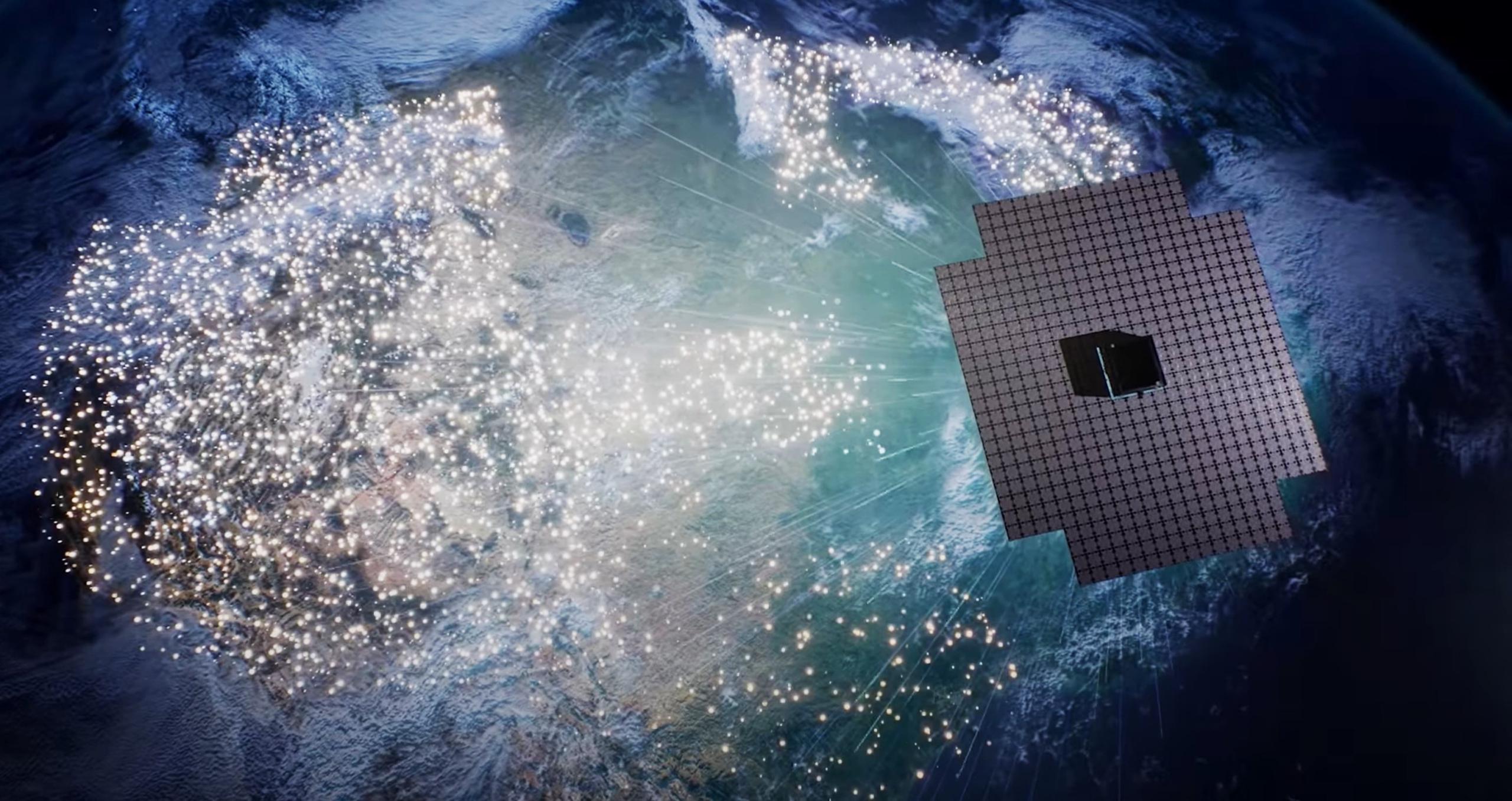
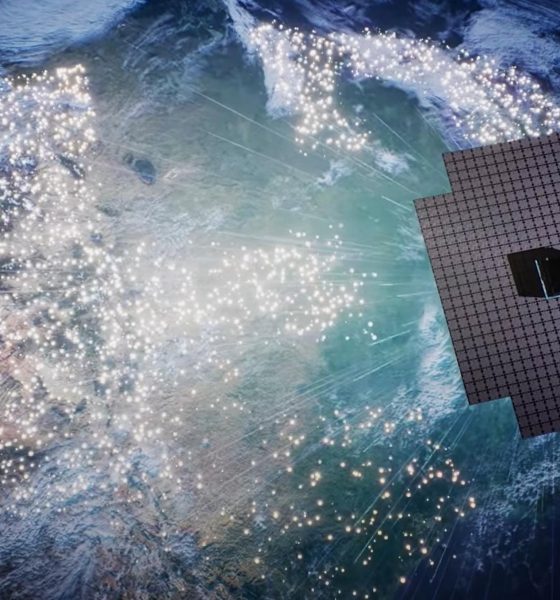
News
SpaceX to launch AST SpaceMobile’s first space-based cell towers
AST Space Mobile says it has chosen SpaceX to launch its first operational BlueBird satellite after contracting the company to launch BlueWalker 3, its first major prototype.
An SEC filing made around the same time states that AST SpaceMobile will pay SpaceX at least $22.75 million to “adjust” its upcoming BlueWalker 3 launch contract, cover an “initial payment” for the launch of BlueBird 1, and pay the reservation fee for a second launch for BlueBird 2. While only representing three probably ‘launch service agreements,’ the decision sets SpaceX up to be the company’s primary launch provider for a constellation of as many as 243 large communications satellites.
While choosing SpaceX – the most affordable and available launch provider on Earth – is far from unexpected, the satellites SpaceX will be launching for AST are anything but traditional. Driven largely by the technical requirements of AST SpaceMobile’s goal of directly connecting unmodified mobile phones to the internet through satellite in orbit, the company has completely ignored the relatively common satellite design trope of a central ‘bus’ with two solar array ‘wings.’
Instead, AST’s BlueBird satellites will launch with their antennas effectively folded around their ‘bus’ like a giant origami cocoon. Once in orbit, using a fairly elegant extension of normal solar array deployment mechanisms, the satellite’s antenna will slowly unfold and eventually return to its default shape – a giant, flat surface. For a number of reasons, AST SpaceMobile recently decided to halve the total area of its BlueBird satellites, but the new design will still feature an immense antenna with a surface area of about 450 square meters (~4800 square feet). Only the United States’ classified Orion spy satellites likely eclipse the size of the antennas AST wants to deploy in space.
Thanks to those massive antennas, though, AST says its BlueBirds will theoretically be able to “reach over 700 million unconnected people,” though it’s less clear how many users the constellation – or a single satellite – will be able to simultaneously support. Additionally, located in low Earth orbit (LEO), an uninterrupted connection will only be possible once a string of satellites have been launched into roughly the same orbital plane. Until then, the service will be intermittent – a huge boon for emergency communications in remote areas but hard to use for much else in the interim.
BlueWalker 3, a prototype satellite, aims to demonstrate AST SpaceMobile’s relatively exotic satellite design while simultaneously (with any luck) showing that it can connect hundreds or thousands of unmodified phones to the internet as if it were an ordinary cell tower. AST says it has already demonstrated the space-to-ground connection in a clever way by launching what amounts to mobile phone turned into a cubesat and then using that orbital phone to connect to a simulated cell tower satellite back on Earth. Developed for about $70 million, BlueWalker 3 will weigh about 1.5 tons (~3300 lb) and attempt to deploy a smaller but still representative 65-square-meter (~693 sq ft) origami-like antenna.
AST SpaceMobile hasn’t confirmed a launch date and is still working on the satellite prototype but its latest “summer 2022” target suggests it will launch on SpaceX’s Transporter-5 rideshare mission as early as June 2022.

News
Tesla dominates in the UK with Model Y and Model 3 leading the way
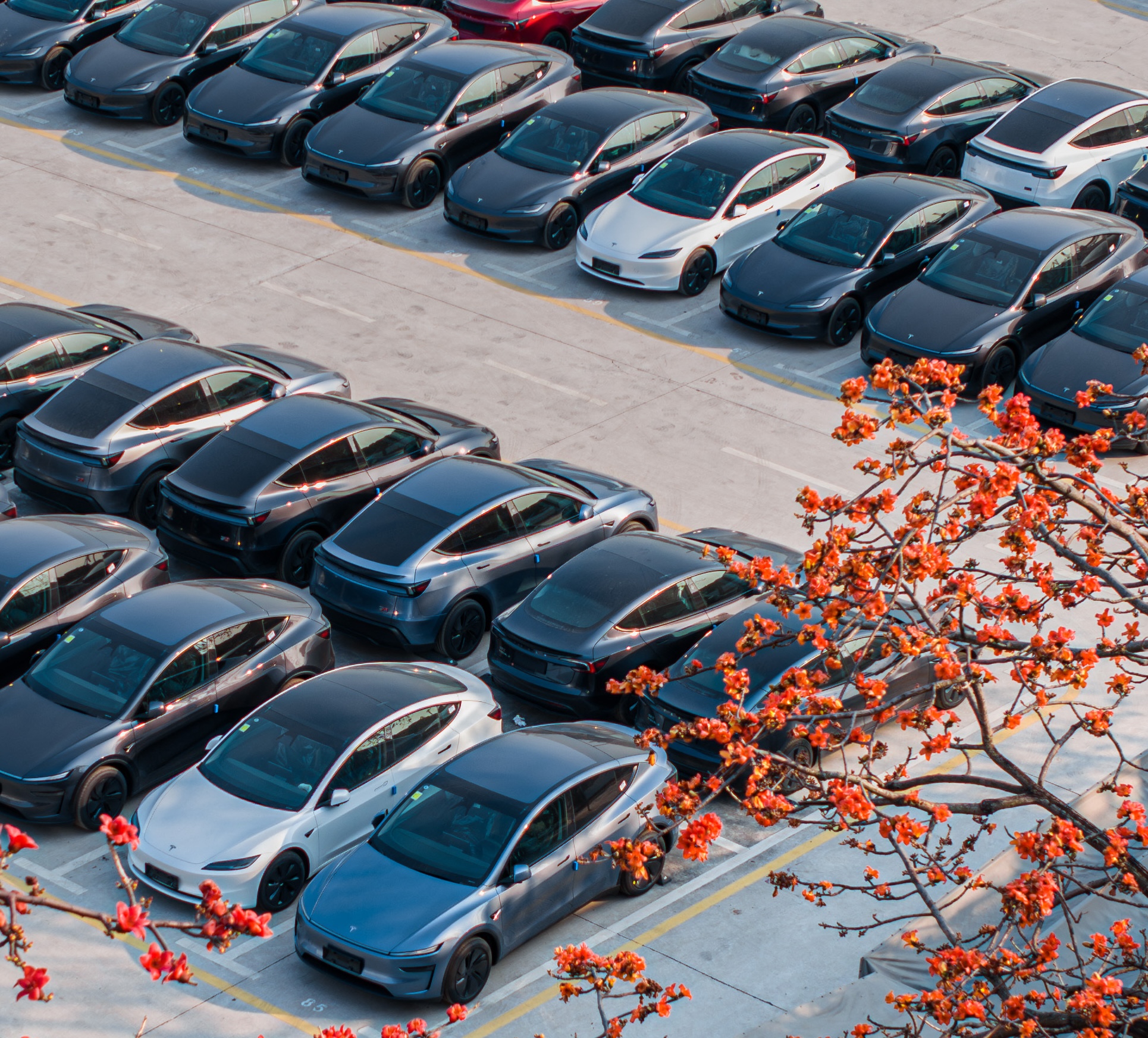
Tesla is dominating in the United Kingdom so far through 2025, and with about two weeks left in the year, the Model Y and Model 3 are leading the way.
The Model Y and Model 3 are the two best-selling electric vehicles in the United Kingdom, which is comprised of England, Scotland, Wales, and Northern Ireland, and it’s not particularly close.
According to data gathered by EU-EVs, the Model Y is sitting at 18,890 units for the year, while the Model 3 is slightly behind with 16,361 sales for the year so far.
The next best-selling EV is the Audi Q4 e-tron at 10,287 units, lagging significantly behind but ahead of other models like the BMW i4 and the Audi Q6 e-tron.
GOOD NEWS 🇬🇧 Tesla is absolutely crushing the UK electric vehicle market in 2025 💥
The numbers are in, and the dominance is clear. With an impressive amount of 42,270 vehicles delivered year-to-date, the brand now commands a solid 9.6% market share of the total auto market 🆒… pic.twitter.com/dkiGX9kzd0
— Ming (@tslaming) December 18, 2025
The Model Y has tasted significant success in the global market, but it has dominated in large markets like Europe and the United States.
For years, it’s been a car that has fit the bill of exactly what consumers need: a perfect combination of luxury, space, and sustainability.
Both vehicles are going to see decreases in sales compared to 2024; the Model Y was the best-selling car last year, but it sold 32,610 units in the UK. Meanwhile, the Model 3 had reached 17,272 units, which will keep it right on par with last year.
Tesla sold 50,090 units in the market last year, and it’s about 8,000 units shy of last year’s pace. It also had a stronger market share last year with 13.2 percent of the sales in the market. With two weeks left in 2025, Tesla has a 9.6 percent market share, leading Volkswagen with 8 percent.
The company likely felt some impact from CEO Elon Musk’s involvement with the Trump administration and, more specifically, his role with DOGE. However, it is worth mentioning that some months saw stronger consumer demand than others. For example, sales were up over 20 percent in February. A 14 percent increase followed this in June.
News
Tesla Insurance officially expands to new U.S. state
Tesla’s in-house Insurance program first launched back in late 2019, offering a new way to insure the vehicles that was potentially less expensive and could alleviate a lot of the issues people had with claims, as the company could assess and repair the damage itself.
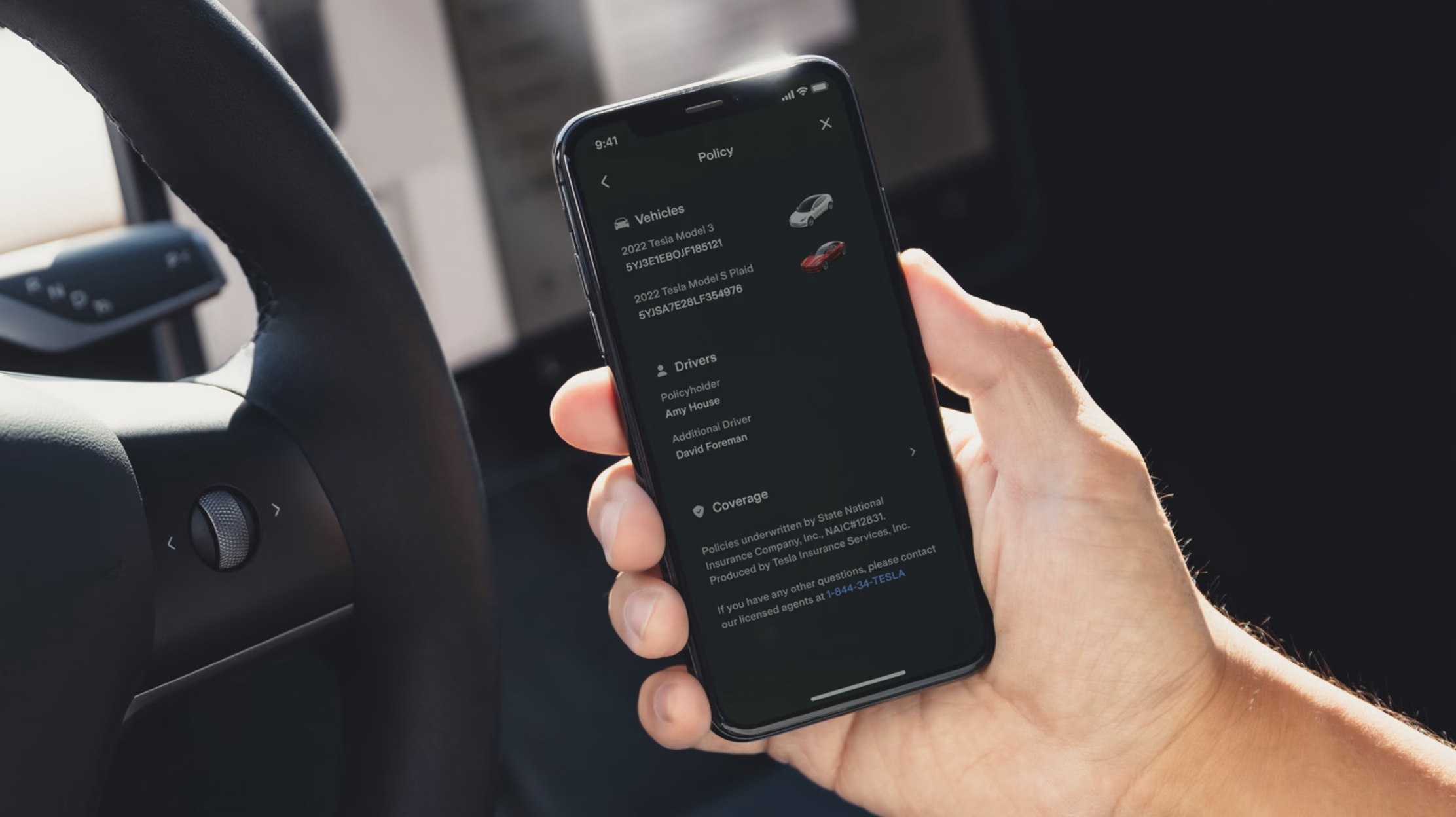
Tesla Insurance has officially expanded to a new U.S. state, its thirteenth since its launch in 2019.
Tesla has confirmed that its in-house Insurance program has officially made its way to Florida, just two months after the company filed to update its Private Passenger Auto program in the state. It had tried to offer its insurance program to drivers in the state back in 2022, but its launch did not happen.
Instead, Tesla refiled the paperwork back in mid-October, which essentially was the move toward initiating the offering this month.
BREAKING: Tesla Insurance has just officially launched in Florida.
This is the first new state to receive @Tesla Insurance in more than 3 years. In total, Tesla insurance is now available in 13 U.S. states (map in thread below of all the states).
Tesla Insurance in Florida uses… pic.twitter.com/bDwh1IV6gD
— Sawyer Merritt (@SawyerMerritt) December 17, 2025
Tesla’s in-house Insurance program first launched back in late 2019, offering a new way to insure the vehicles that was potentially less expensive and could alleviate a lot of the issues people had with claims, as the company could assess and repair the damage itself.
It has expanded to new states since 2019, but Florida presents a particularly interesting challenge for Tesla, as the company’s entry into the state is particularly noteworthy given its unique insurance landscape, characterized by high premiums due to frequent natural disasters, dense traffic, and a no-fault system.
Annual average premiums for Florida drivers hover around $4,000 per year, well above the national average. Tesla’s insurance program could disrupt this, especially for EV enthusiasts. The state’s growing EV adoption, fueled by incentives and infrastructure development, aligns perfectly with Tesla’s ecosystem.
Moreover, there are more ways to have cars repaired, and features like comprehensive coverage for battery damage and roadside assistance tailored to EVs address those common painpoints that owners have.
However, there are some challenges that still remain. Florida’s susceptibility to hurricanes raises questions about how Tesla will handle claims during disasters.
Looking ahead, Tesla’s expansion of its insurance program signals the company’s ambition to continue vertically integrating its services, including coverage of its vehicles. Reducing dependency on third-party insurers only makes things simpler for the company’s automotive division, as well as for its customers.
News
Tesla Full Self-Driving gets sparkling review from South Korean politician
“Having already ridden in an unmanned robotaxi, the novelty wasn’t as strong for me, but it drives just as well as most people do. It already feels like a completed technology, which gives me a lot to think about.”
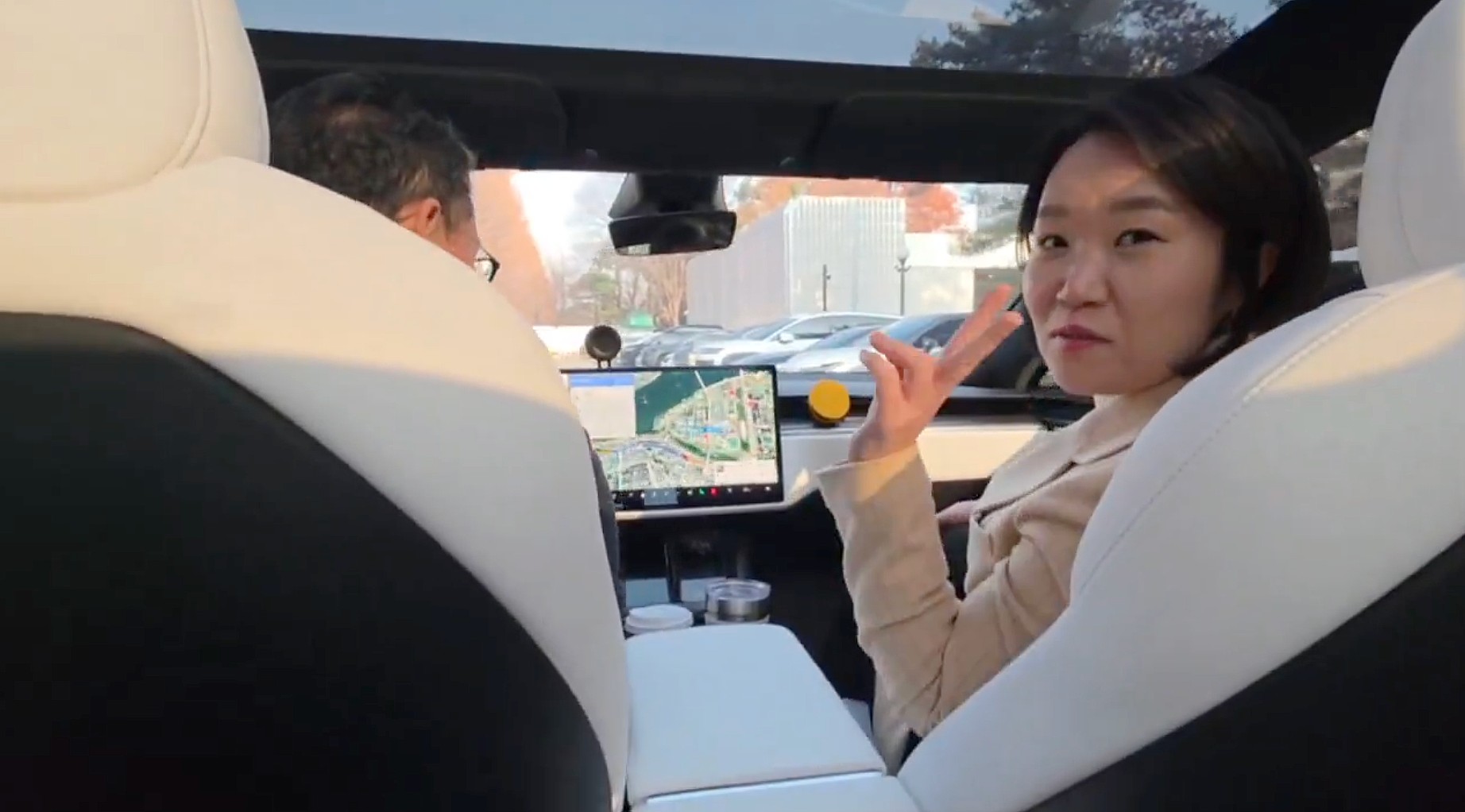
Tesla Full Self-Driving got its first sparkling review from South Korean politician Lee So-young, a member of the country’s National Assembly, earlier this week.
Lee is a member of the Strategy and Finance Committee in South Korea and is a proponent of sustainable technologies and their applications in both residential and commercial settings. For the first time, Lee was able to utilize Tesla’s Full Self-Driving technology as it launched in the country in late November.
Her thoughts on the suite were complimentary to the suite, stating that “it drives just as well as most people do,” and that “it already feels like a completed technology.”
드디어 오늘, 서울에서 테슬라 FSD 체험 했습니다.
JiDal Papa님의 모델S 협찬에 힘입어^^ 파파님 정말 감사합니다.
국회 -> 망원시장 -> 홍익대 -> 국회 복귀 코스였고요.
이미 무인 로보택시를 타봐서 그런지 신기함은
덜했지만, 웬만한 사람만큼 운전을 잘하네요.이미 완성된 기술이라고… pic.twitter.com/8pAidHBpRG
— 이소영 국회의원 (Soyoung Lee) (@im_soyounglee) December 17, 2025
Her translated post says:
“Finally, today I got to experience Tesla FSD in Seoul. Thanks to the Model S sponsored by JiDal Papa^^, I’m truly grateful to Papa. The route was from the National Assembly -> Mangwon Market -> Hongik University -> back to the National Assembly. Having already ridden in an unmanned robotaxi, the novelty wasn’t as strong for me, but it drives just as well as most people do. It already feels like a completed technology, which gives me a lot to think about. Once it actually spreads into widespread use, I feel like our daily lives are going to change a lot. Even I, with my license gathering dust in a drawer, don’t see much reason to learn to drive a manual anymore.”
Tesla Full Self-Driving officially landed in South Korea in late November, with the initial launch being one of Tesla’s most recent, v14.1.4.
It marked the seventh country in which Tesla was able to enable the driver assistance suite, following the United States, Puerto Rico, Canada, China, Mexico, Australia, and New Zealand.
It is important to see politicians and figures in power try new technologies, especially ones that are widely popular in other regions of the world and could potentially revolutionize how people travel globally.








